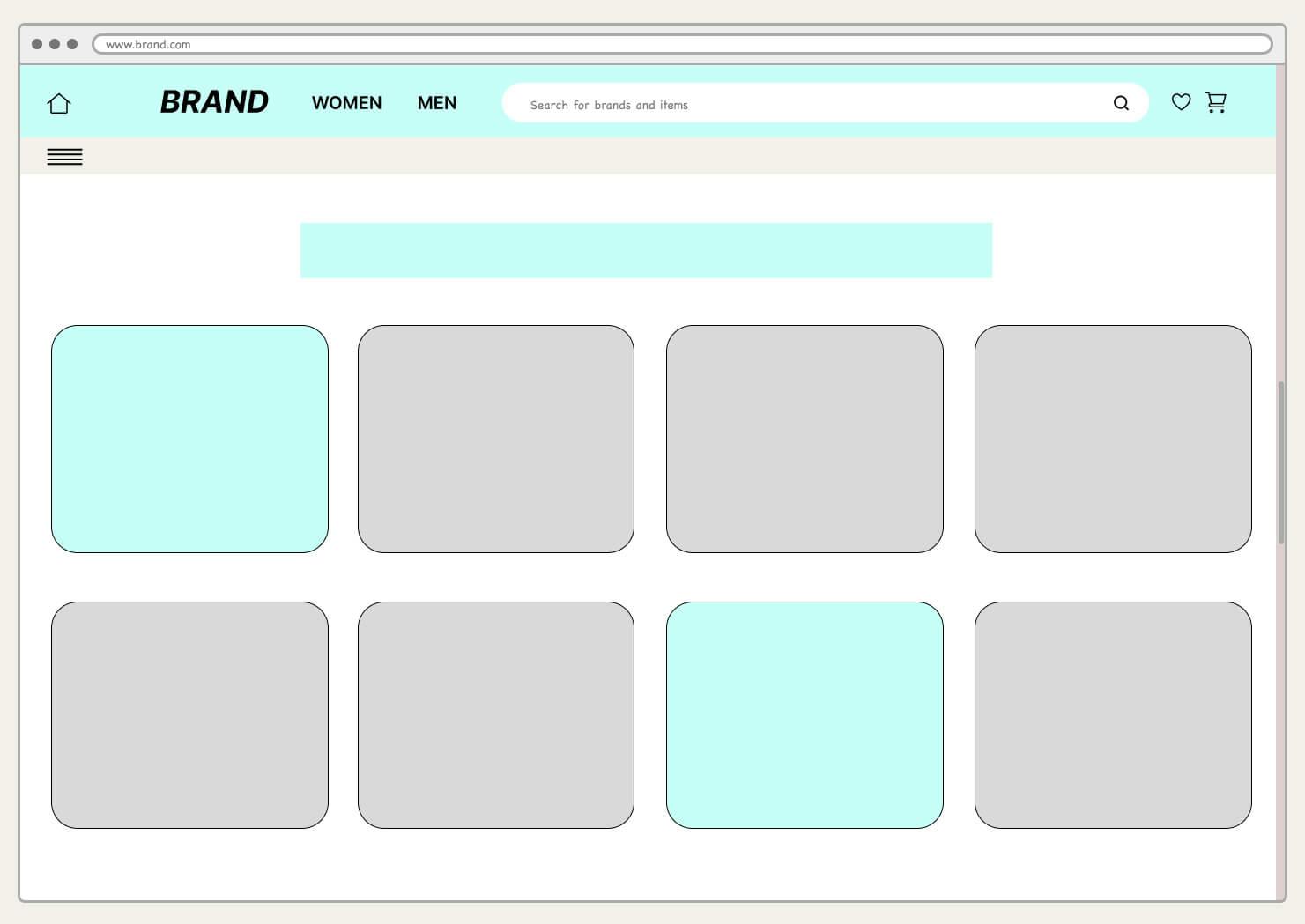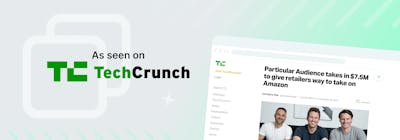Retail media—the practice of serving ads on a retailer’s own digital properties—is exploding. In fact, it’s currently the fastest-growing advertising channel in the U.S., accounting for over $52 billion in 2024 and on track to reach $176 billion globally by 2028. If you’re a retail executive new to this space, you might feel hesitant about placing ads on your own website or app. After all, isn’t advertising something for billboards or social media—not your carefully curated online store? You might worry that introducing ads will distract customers, clash with trade marketing, or demand new capabilities you don’t have. These are valid concerns shared by many in the C-suite.
In this post, we’ll unpack the common fears surrounding retail media—brand control, internal resourcing, potential supplier conflicts, and more—and show how a measured, customer-first approach can alleviate them. In particular, we’ll outline how a partner like Particular Audience can help you paste a simple tag on your site, agree on on-brand designs, and start collecting monthly revenue from high-intent advertising. It’s much simpler than you may think—and done correctly, it can enhance the customer experience, not diminish it.
“Will Ads Dilute Our Premium Brand Environment?”
It’s natural to balk at the idea of turning your premium e-commerce site into an “ad space.” Many retailers fear that on-site ads could cheapen their look and feel—“Advertising belongs on billboards or Facebook, not on our site.” But the reality is that well-executed retail media can coexist with a premium customer experience—and, in many cases, actually enhance it.
- Consumer Expectation: Increasingly, shoppers are comfortable with (and even expect) relevant, sponsored recommendations. Seeing a sponsored product that aligns with their browsing can feel helpful, not pushy—if it’s done tastefully.
- Industry Proof: Leading retailers like Nordstrom, Home Depot, and Walmart have successfully integrated on-site ads without compromising brand integrity. They strictly control ad design and placement to ensure every sponsored slot blends in with or complements their site’s aesthetic.
- Key Principle: Control Over Placement: By working with a partner like Particular Audience, you approve exactly where ads appear, and how they look—ensuring they match the overall brand style. This focus on design and user flow can turn ads into value-add recommendations rather than interruptive billboards.
Will On-Site Ads Disrupt the Customer Experience or Hurt Sales?
A top fear among retailers is that ads will annoy or distract customers, leading them to leave your site or reduce their purchases. But when implemented with a customer-first mindset, on-site ads do not have to hinder conversion or loyalty. In fact, carefully targeted retail media can support the customer journey by:
- Surfacing Relevant Products: Ads can function as timely suggestions that drive product discovery. AI-driven personalization can match sponsored placements with what shoppers are likely already seeking, creating a natural browsing extension rather than a jarring promotion.
- Protecting the Shopper Journey: With controlled frequency caps, placement rules, and A/B testing, you ensure no page feels cluttered or spammy. You gather data on how ads affect conversion, adjusting placements as needed.
- Generating Incremental Revenue: Multiple retailers report significant ad-driven revenue boosts without a drop in core e-commerce sales. When it’s done right, retail media is both margin-accretive and supportive of a better user experience.
Internal Resistance: Navigating Trade Marketing & Supplier Concerns
Internal departments that manage trade marketing or co-op funding may worry about duplicating efforts or alienating suppliers. In truth, retail media is quickly becoming the preferred method for suppliers to reach in-market shoppers. Many brands are eager to shift budget from traditional in-store promos to on-site, where:
- Attribution Is Clear: A sponsored product or banner click can be tracked all the way to sale, proving the return on ad spend.
- Precision Targeting Improves Performance: Brands can tailor their messaging to the exact audience segment (e.g., a consumer browsing premium electronics vs. budget appliances).
By integrating retail media into your vendor strategy (rather than treating it as a separate silo), you actually deepen supplier relationships. You’re offering a new, measurable way for them to reach your shared customers. Start with a pilot for select brand partners to demonstrate success internally, then scale.
“We Lack the Resources or Know-How to Run an Ad Business”
Another major fear: We don’t have the team or the tech to become an ad network. This is arguably the easiest hurdle to overcome in 2025’s retail media landscape—because you don’t have to build it alone.
Particular Audience acts as a turnkey solution for retailers, offering:
- Easy Technical Setup: You add a small JavaScript tag to your site, much like adding a pixel or analytics snippet. This single integration activates the platform’s AI-powered ad capabilities—no major IT lift needed.
- Fully Managed Services: Particular Audience handles campaign execution, optimization, billing, and more. There’s no need to hire a dedicated ad sales team or develop complex reporting systems yourself. They bring the tech stack and expertise, so you can stay focused on core retail operations.
- Tailored Formats & Controls: You collaborate to define acceptable ad styles, placement rules, and brand guidelines. You maintain a “veto” on what appears, ensuring a brand-safe environment.
How Particular Audience Brings Ad Demand
One of the most common questions—and concerns—is how a technology partner will actually fill those ad placements you so carefully integrate on your site. After all, having an empty ad slot or manually chasing down potential advertisers isn’t helpful. This is where Particular Audience truly stands out:
- Curated Brand Partnerships: Particular Audience maintains relationships with a wide range of advertisers—including both well-known national brands and niche product manufacturers. From your own supplier network to new brand partners, they have ready demand that aligns with your site categories and shopper demographics.
- Programmatic & Direct Demand Channels: Particular Audience leverages multiple demand sources—some direct partnerships (where high-value brands specifically target your audience), and some programmatic (where advanced targeting tech matches relevant advertisers to your traffic in real time). This creates a robust pipeline of ads with minimal effort on your part.
- Ongoing Optimization: Their platform constantly evaluates how ads perform on your site, prioritizing those that drive higher engagement and conversion. This optimization ensures that the best-fitting brands and products get the most visibility—maximizing your revenue and maintaining a cohesive customer experience.
By tapping into Particular Audience’s existing advertiser relationships and programmatic integrations, you bypass the need to build your own ad sales team. Instead, you benefit from a steady stream of relevant, revenue-generating ad demand—activated through a simple site tag.
A Low-Lift, Customer-First Path to Monetization—With Particular Audience
Here’s what the process can look like in action:
- Paste a Tag Onsite: You place a small code snippet on your site (or app).
- Agree on Designs & Placement: You decide which ad units match your brand style and where they appear, e.g., search result pages, category listings, or product detail pages.
- Sit Back & Receive Monthly Checks: Particular Audience sources relevant, brand-safe ads, serves them in real-time, and optimizes campaigns. You collect a share of the revenue—every single month.
Your internal team’s day-to-day workload remains minimal. You can keep an eye on performance dashboards and run A/B tests if you’d like, but the heavy lifting—ad sourcing, delivery, and optimization—happens behind the scenes. This approach ensures your customer experience, brand integrity, and loyalty remain top priorities, while the platform does the rest.
Conclusion: Turn Hesitation into Innovation
From concerns about brand dilution and customer disruption to resource constraints and potential trade conflicts, it’s understandable why many retail C-suite leaders are wary of retail media. However, the landscape and technology have evolved. With a partner like Particular Audience, you can:
- Protect Your Brand with thoughtful ad placement and design controls.
- Enhance (Not Hurt) Conversion by serving relevant, personalized content that helps customers discover products.
- Avoid Internal Friction by integrating retail media with existing trade marketing programs, offering new value to supplier relationships.
- Gain Instant Demand thanks to Particular Audience’s robust network of brand advertisers, meaning no major sales push is required on your side.
- Keep it Simple by letting the partner handle the complexities of ad serving, campaign optimization, and billing—all while you collect a high-margin new revenue stream.
The days of seeing ads purely as intrusive clutter are over. Retail media, when executed thoughtfully, is a powerful driver of profitability and customer engagement. Leading retailers worldwide are proving that it’s possible to monetize digital storefronts without sacrificing loyalty or brand prestige. With Particular Audience’s turnkey capabilities, adding this revenue engine to your business can be as simple as pasting a tag and agreeing on brand-safe designs—so you can confidently unlock the next wave of retail profitability.
Ready to explore retail media with minimal risk?
Contact Particular Audience to learn how a single site tag and a few design approvals can launch you into a new era of incremental, high-margin revenue—while keeping your customers, your brand, and your internal teams happy.



